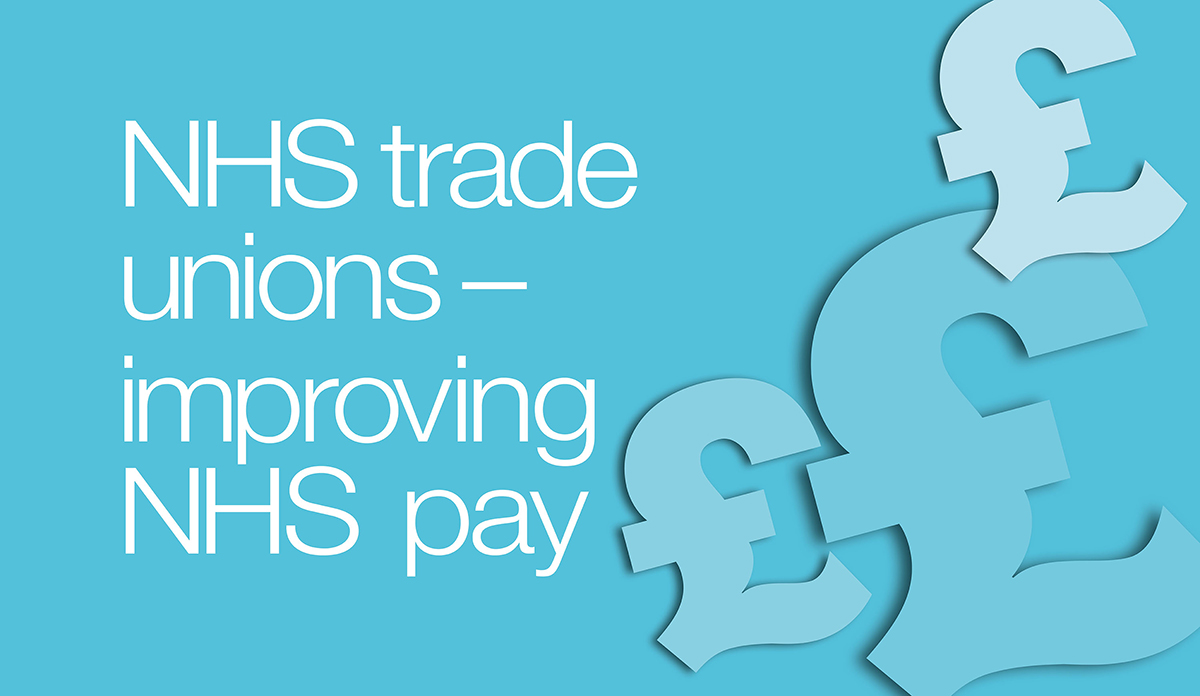Claire Sullivan clears up some of the confusion over what people will be paid and when as the England NHS pay agreement is implemented

As people receive their July pay packets, I am acutely aware of the complexity of the deal now beginning to be implemented for the England NHS and I know there has also been some recent confusion about what people can expect to receive and when.
As a result, I thought it would be helpful to summarise the overall deal but in particular to highlight some useful new resources that should assist.
The most complicated part of the agreement has always been the reform element, as 1 million NHS staff move from the old to the new pay and banding system, with a three-year transition period between the two for existing staff.
By April 2021, the large majority of current NHS staff will be at the top of their bands, having moved through a three-year individual pay journey.
This week, NHS Employers has published a new, comprehensive pay journey tool which is particularly useful for those staff still receiving increments. It enables them to see exactly what their pay will be as of 1 April and then again at their own incremental date in each of the three years covered by the pay deal.
Until this tool was developed we were only able to confirm in discussions with members and in our pay FAQs, that people would receive at least 1% backdated to 1 April, with the remainder on their incremental date. The new calculator lets people know exactly what their rises will be and makes it clear that the 1 April element for most is around 1.5%, again with the remainder paid with effect from the individual’s normal incremental date. Those already at the top of their bands receive the full 3% from 1 April.
Just as a reminder, the Agenda for Change pay agreement combines a pay award, incremental progression and structural reform, taking place in a phased manner between now and March 2021. Key elements include:
- Removal of the bottom one to three increments in each band over the first two years, meaning higher starting salaries and a guaranteed pay rise on promotion
- Fewer increments in each band – moving from up to eight to a maximum of three, with longer gaps between increments
- Quicker progression to the top of bands 1 to 7 (from up to eight years to a maximum of five)
- Introduction of the national living wage and the removal of band 1 for the lowest paid NHS staff
- Protection of top increments, annual leave and unsocial hours payments
- A pay rise of 6.5% over three years for those already at the top of their bands, plus an additional non-consolidated lump sum of 1.1% on 1 April 2019, with the rise pegged for those in Band 8d and 9 at the same level as those in 8c.
For further information, visit www.nhspay.org and www.csp.org.uk/nhspay
Number of subscribers: 0
